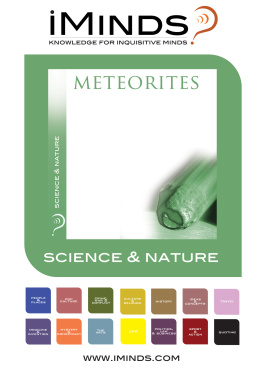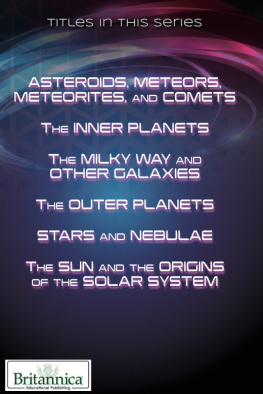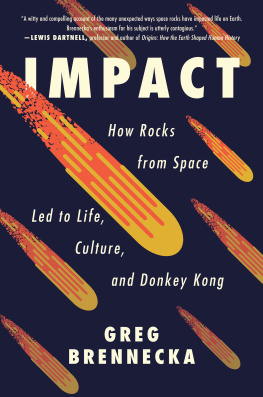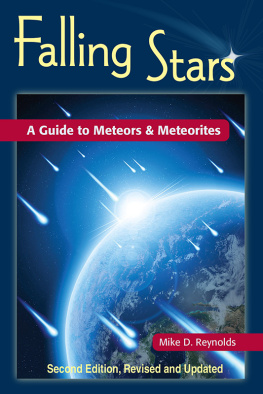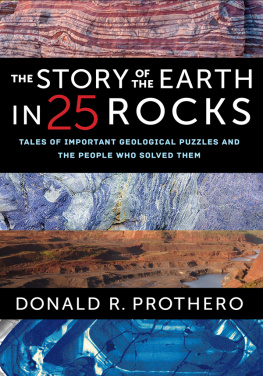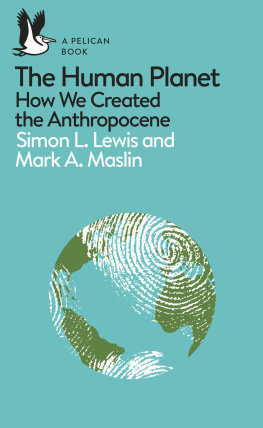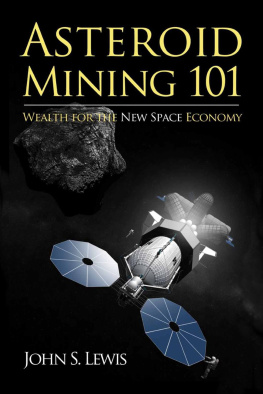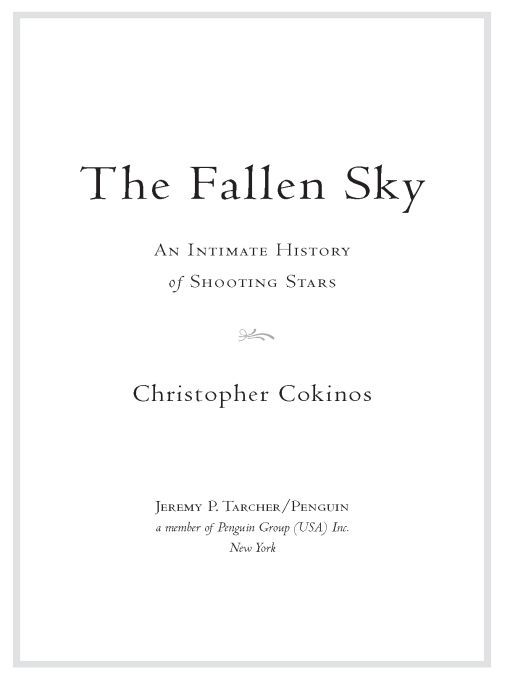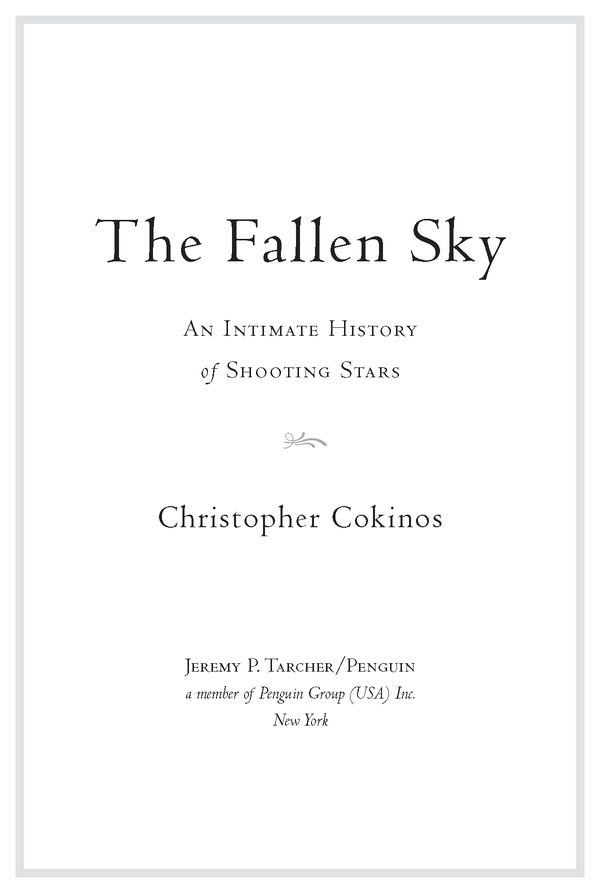Table of Contents
Then Ninsun, who is well-beloved and wise, said to Gilgamesh, This star of heaven which descended like a meteor from the sky; which you tried to lift, but found too heavy, when you tried to move it it would not budge, and so you brought it to my feet; I made it for you, a goad and spur, and you were drawn as though to a woman.
The Epic of Gilgamesh, translated by N. K. SANDARS
Catch a falling star an put it in your pocket,
Never let it fade away!
Catch a falling star an put it in your pocket,
Save it for a rainy day!
For love may come an tap you on the shoulder,
Some star-less night!
Just in case you feel you wanna hold her,
Youll have a pocketful of starlight!
PAUL VANCE AND LEE POCKRISS, Catch a Falling Star
But a lifetime burning in every moment
And not the lifetime of one man only
But of old stones that cannot be deciphered.
T. S. ELIOT, East Coker, Four Quartets
For Kathe,
my starlight
Introduction
On any clear night, under a dark enough sky, we can see shooting stars. We wish upon them, even if we dont quite know what they areof course theyre not really starsand even if we dont know where they come from or what they might tell us about the universe. Its as if were eager to pin our chances on something strange and sudden, something beautiful beyond our ken. Across cultures and time, we have written ourselves into the sky. We create constellations, transforming the random spatter of stars into shapes and stories. We name planets after gods. And we associate meteors and meteoritesthe light of dust or rocks burning passage through the air, and the stones, after such fire, that sometimes fall to Earthwith the most elemental aspects of our lives: good luck, ill fortune, and even death.
Meteorites are, in fact, implicated in the seeding of lifes ingredients on Earth. And even the most indifferent know that these bits of former asteroids have rained devastation in the past and threaten to do so in the future. Meteorites are the alpha and omega of geology. These rocksmere rocksencompass the origins of life and the reality of death on our planet.
Not surprisingly, we try to tame the wildness of meteorites by incorporating them into popular culture. Movies show humanity outgunning asteroids or comets headed for Earth or, at least, surviving the effects of massive impacts. Accounts of actual space rocks whizzing by are now relegated to the inside pages of newspapers; it seems weve had too many close calls to get excited about them. Then again, the front page of the July 5, 2004, Weekly World News announced, Another Meteor Fells Pope! Amazingly, the 900-pound stone did not kill him, though a photo shows the pontiff unhappily pinned under all that weight. An episode of Gilligans Island called Meet the Meteor featured a meteorite that accelerated the aging of the hapless castaways, but they survived, and the Professor even made a Geiger counter out of bamboo. In the otherwise forgettable movie My Super Ex-Girlfriend, Uma Thurman got her hottie superpowers from a meteorite. So humor dilutes threatsas does possession, literal or metaphoric. We can set meteorites on our mantels, displaying them as specimens, including some iron meteorites that have been ablated into fantastic shapes, like Henry Moore sculptures and sometimes just as pricey. An English breakfast cereal, Shreddies, once included little packets of meteorite dust as a promotional give-away, and Ive wondered how many kids sprinkled their new treats over cereal and milk. Grown-ups might be interested to know that a sex-toy manufacturer offers a line of shapely Meteor Plugs in small, medium, and large, while a lingerie company sells stockings in a color dubbed meteorite gray. More poignantly, we christen asteroids to make them serve our needs: Astronomers have bestowed the names Solidarity, Magnanimity, and Compassion upon three asteroids as tributes to the victims of the September 11 attacks. Eros and Thanatos indeed, Freud might have said.
Some of the meteorsshooting starsthat flash across the sky contain rocks that are large enough to fall more or less intact onto the Earths surface: meteorites. This has been happening for billions of years. Covertly dark or blandly gray, often woefully misshapenthats what many meteorites look like, lumps so ordinary-seeming that most people never notice these rocks have landed on farm fields, deserts, shorelines, or backyards. The untrained eye can even mistake some meteorites for chunks of concrete, as if a cosmic road crew had jackhammered a solar highway and sent its discarded congeries spilling down, briefly lit, to land among soybeans or ferns. Those who quest for meteorites, however, recognize them amidst the average rubble of the Earth the way a birder hears rare song untangling itself from a forest full of sound. Passion does that: It sharpens ones senses, it changes the world. Amateur collectors, professional dealers, and planetary scientists are eager to obtain and understand these stones. They have gone and still go to great lengths to gain such exotica as a water-trapping H5 chondrite, a snick from Mars, or an igneous, calcium-poor ureilite.
MANY PEOPLE, myself among them, discount the notions of heavenly jurisdiction over a persons life, whether its thinking your wish-upon-a-falling-star has come true or simply believing in a horoscope. Yet I have found that in actual and often moving ways the fallen sky can reveal secrets not only of the solar system but of our hearts. That is why this is an intimate history of shooting stars. We go out hunting meteorites, and some of us find ourselves as well.
Years ago, when I lived in eastern Kansas, I was trying to deepen my connection to the tallgrass prairie, to find stories that might enrich those austere horizons. Thumbing through a volume by the nature writer Edwin Way Teale, I came across the history of a homesteading farmwife who harvested not only wheat but one of the rarest meteorites known to science. I was then also writing a book about extinct birds and I couldnt yet fathom that the grief I felt about their fates was also, in part, an expression of many inarticulate griefs I carried in my life. Prompted by those inner darknesses and by the words of Teale and others, I went outside at night and looked up. I saw and learned the stars. I used them as a balm. And I saw meteorssudden, thin streaks on any given night; showers of them in the summer, watching with my wife as we camped beside a marsh and sand dunes in Colorado; and in our front yard, the one Id walk away from, long after fireballs had exploded one November, golden shocks in the sky.
All this led me to learn more about meteorites than I ever thought I could, and so this book has also become a chronicle of some of the most important meteorites we know ofstones that have altered our knowledge of the solar system and our place in itand as such serves as a kind of informal record of scientific recognitions over the past 200 years. The scienceso fast-moving its been difficult to keep upranges from studying the primordial delivery of amino acids in meteorites to assessing the dangers of asteroids classified by the epic names Atens and Apollos. Ive especially tried to convey how individuals and cultures have valued meteorites, how they have been venerated as objects of power and continue to be objects of profit. But also, and this is crucial, how meteorites have become, through the rigors of science and the marvels of story, objective correlatives for our desire to live with both explanation and mystery.


![Dzhon Makdonald - Wine of the Dreamers [= Planet of the Dreamers]](/uploads/posts/book/910462/thumbs/dzhon-makdonald-wine-of-the-dreamers-planet-of.jpg)


